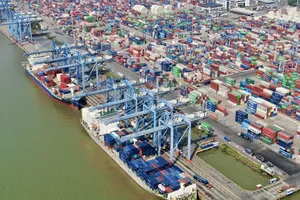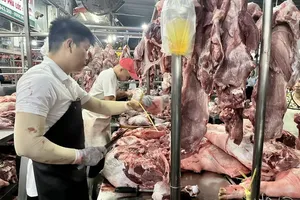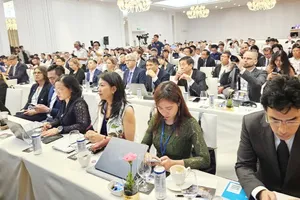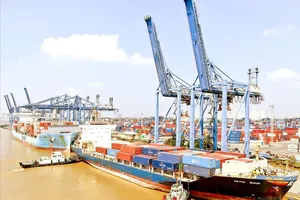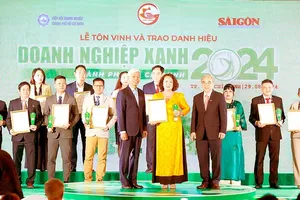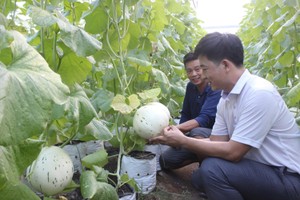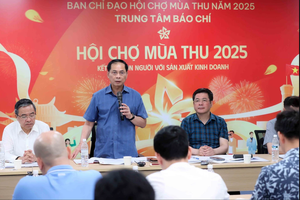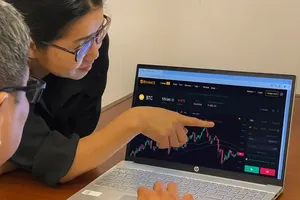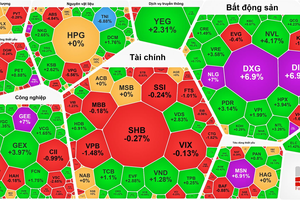
Experts said Ho Chi Minh City was poised to become one of the world’s leading centers for wooden furniture production and exports, as the global market enters a recovery phase and demand for sustainable, eco-friendly products continues to rise, at a seminar titled “HCMC’s Wood and Furniture Export Industry – A Global Manufacturing and Export Hub,” on October 23.
The seminar was jointly organized by the Handicraft and Wood Industry Association of HCMC (HAWA), the Vietnam Timber and Forest Product Association (Viforest), and the Binh Duong Furniture Association (BIFA).
Attending the event were Mr. Nguyen Van Duoc, Chairman of the HCMC People’s Committee, leaders of various departments and agencies, and representatives of more than 200 domestic and international enterprises.
Speaking at the seminar, Mr. Phung Quoc Man, Chairman of HAWA, noted that over the past two decades, Vietnam’s wood industry has achieved remarkable breakthroughs. Its export turnover grew from less than US$200 million in 1999 to a projected $20 billion by 2025, making Vietnam the world’s second-largest furniture exporter after China.
Following recent administrative boundary mergers, HCMC now accounts for nearly half of the nation’s total wood export turnover, with a complete supply chain spanning production, processing, logistics, and seaport services — a solid foundation for the city to position itself as a regional hub.
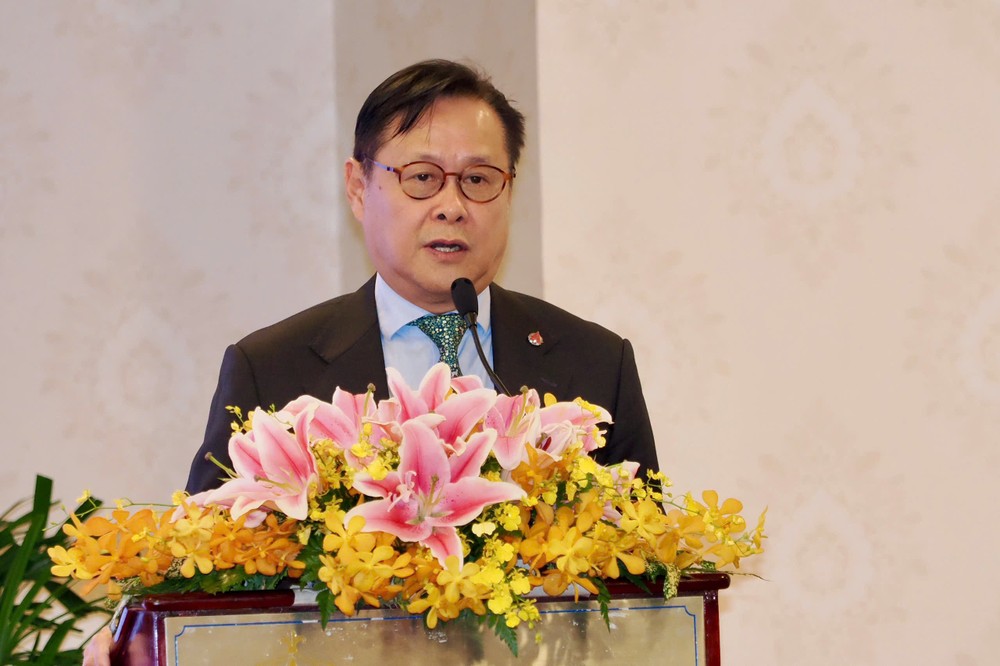
According to experts, the global wood market is expanding rapidly, particularly in the United States, which represents over 21 percent of Vietnam’s total export turnover, alongside the EU, Japan, and South Korea.
At the same time, the domestic market is also witnessing strong growth, projected to reach $9.6 billion in 2025 and exceed $13 billion by 2030. The increasing preference for green consumption, minimalist design, and environmentally friendly products is creating a multi-billion-dollar home market for Vietnamese companies, reducing dependence on exports.
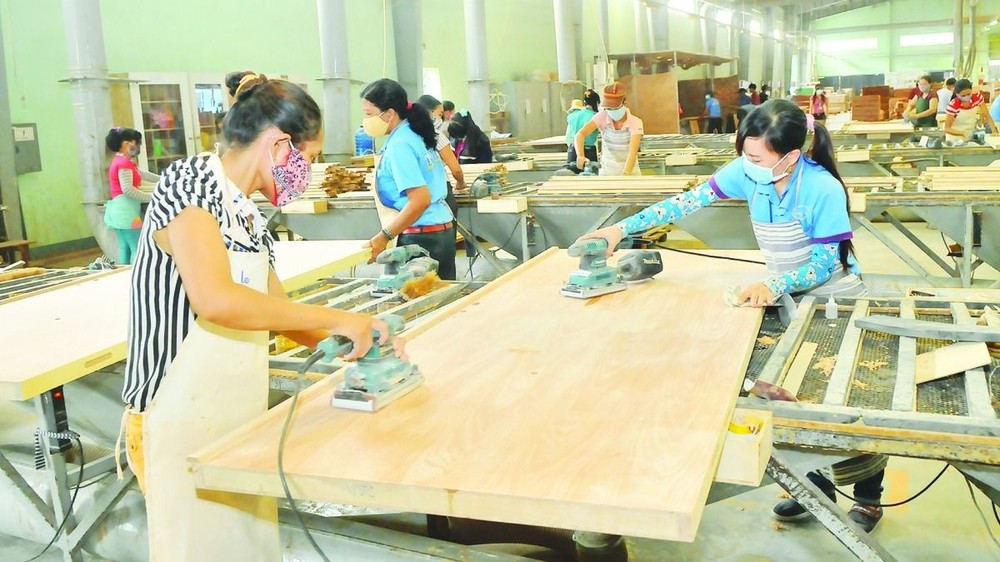
Mr. Nguyen Liem, Vice Chairman of Viforest and Chairman of BIFA, emphasized that to fully harness this potential, Vietnam’s wood industry must pursue a dual transformation — green and digital. He proposed that HCMC establish a Green and Digital Transformation Support Center for the sector, pilot low-emission factory models, and develop green industrial clusters with shared infrastructure to help small and medium-sized enterprises “go green” at reasonable costs.
From a business perspective, Mr. Le Duc Nghia, Chairman of An Cuong Wood JSC, said the company had implemented the SAP S/4HANA system — a comprehensive digital transformation platform by Germany’s SAP — which integrates production, finance, and supply chain data, resulting in a productivity increase of over 20 percent.
According to Mr. Le Duc Nghia, linking digital transformation with green transition not only cuts costs but also helps enterprises meet international standards on transparency, governance, and ESG compliance, which are essential for Vietnamese goods to reach global markets.
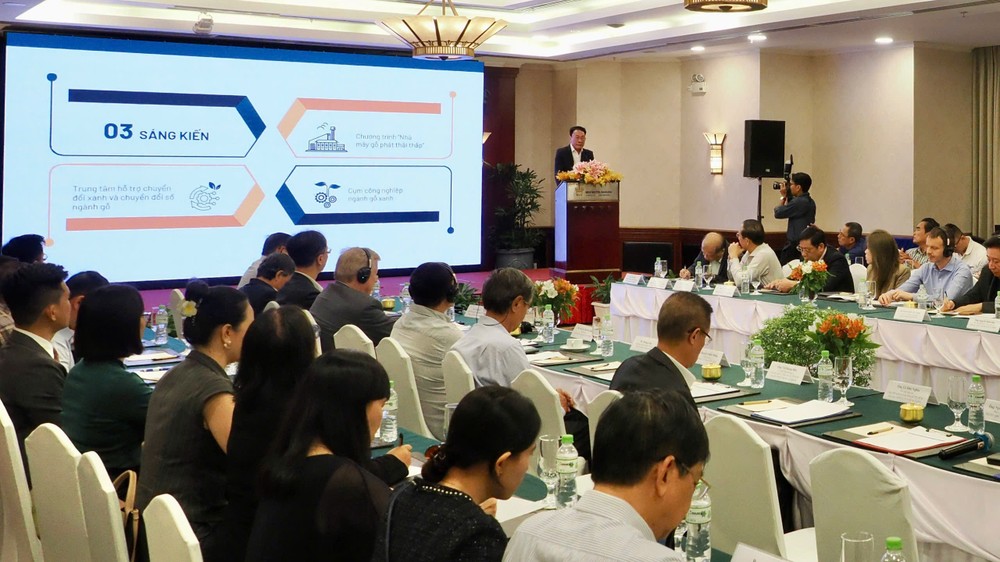
From the FDI sector’s standpoint, Mr. Thomas Luk, Director of Starwood Furniture, recommended that Vietnam adopt the “first sale” mechanism, allowing import duties to be calculated based on the initial sale price between the manufacturer and intermediary rather than the final retail price — a solution that would lower tariffs and enhance competitiveness in the US market.
He also suggested developing policies to renovate old factories and establish export credit insurance schemes, giving businesses greater confidence to expand production.

During the seminar, delegates and city leaders discussed strategies toward 2035, with HCMC aiming to become a global center for furniture manufacturing and exports. The city aims for 80 percent of its products to meet green standards and to develop an integrated ecosystem linking industrial parks, logistics, and smart trade centers.
Experts concluded that if HCMC capitalizes on its tens-of-billions-dollar export market and rapidly growing domestic demand, it could well become the “furniture capital” of Southeast Asia, further cementing Vietnam’s position on the global export map.
